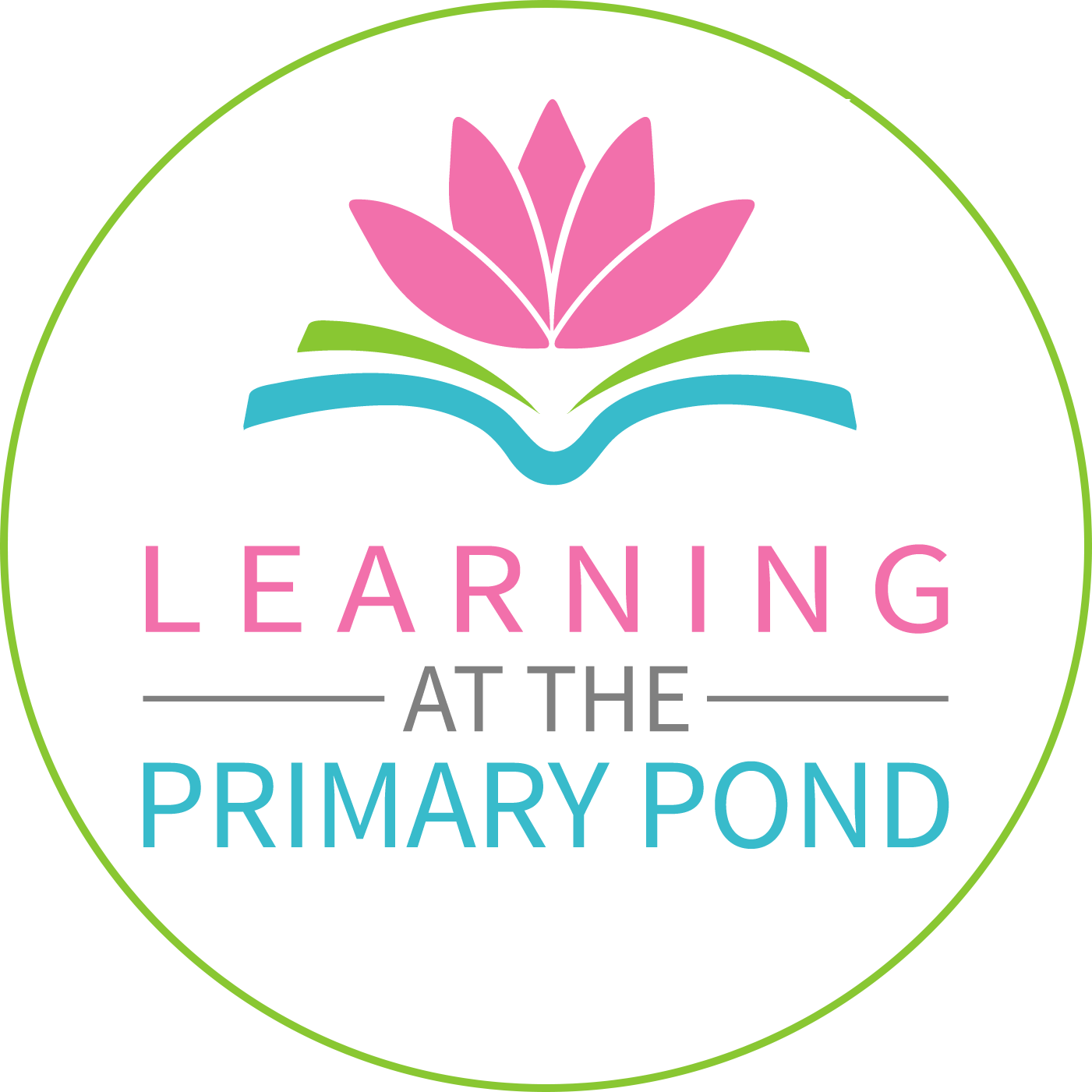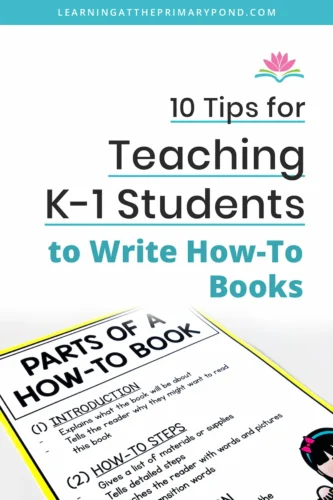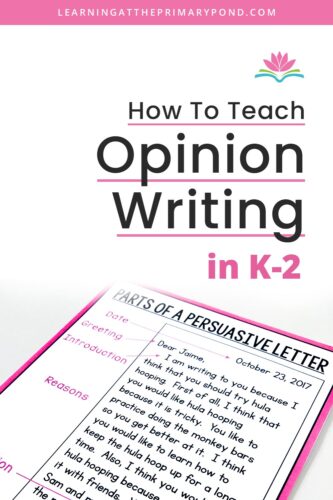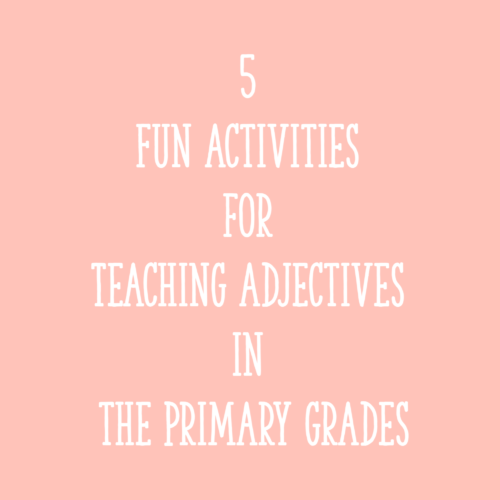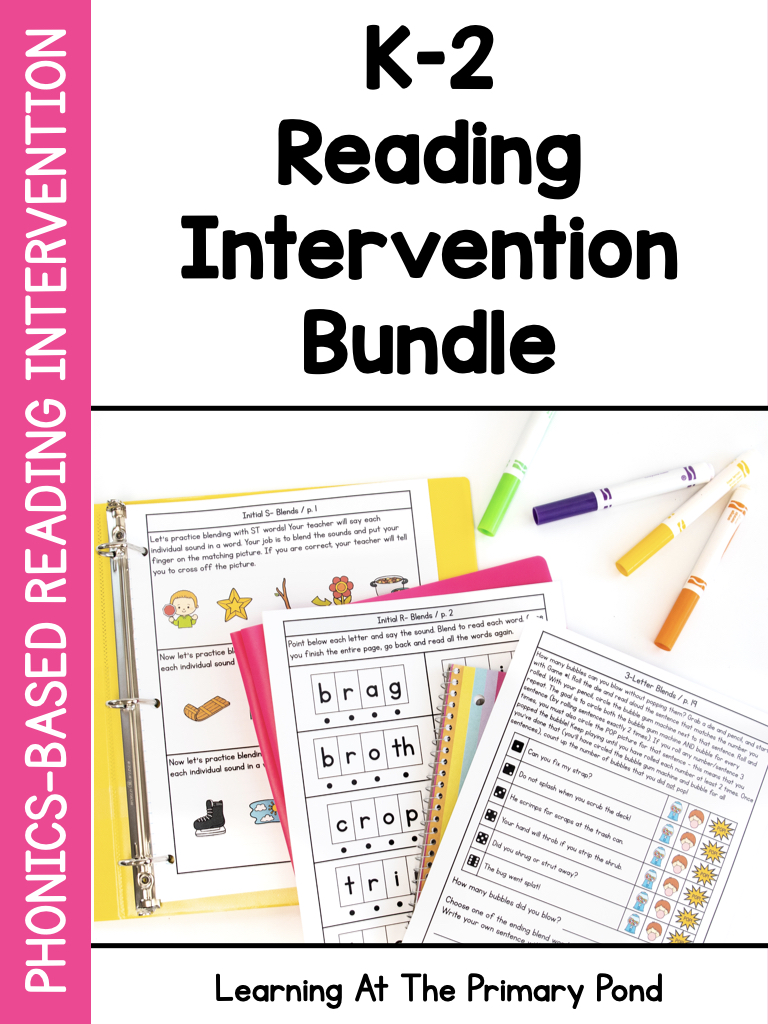Planning to tutor in reading this summer? Tutoring is the perfect job for teachers over the summer! Not only does it supplement / provide a steady income when school is out, but it’s also a great way for teachers to unleash their creativity and build strong relationships with students outside of the formal school setting.
Summer tutoring benefits all students. Struggling readers can catch up, while those reading at grade-level can maintain their skills. One-on-one tutoring provides the individualized support students need to progress.
Effective tutoring requires careful planning tailored to each student. To effectively plan for tutoring sessions, it’s critical to understand each student’s individual needs. You’ll need to collect data on what those needs are and plan instruction based on what you find – which we’ll talk about in this post.
And if you’re worried about finding enough engaging materials to get you through the summer, don’t worry! The Reading Intervention Collaborative includes over 1,700 pages of printable materials (including decodable texts) – and counting! It’s the perfect tool to help you plan for tutoring in reading this summer!
In this blog post, I’ll break down all the steps to follow to help you be an effective reading tutor this summer.
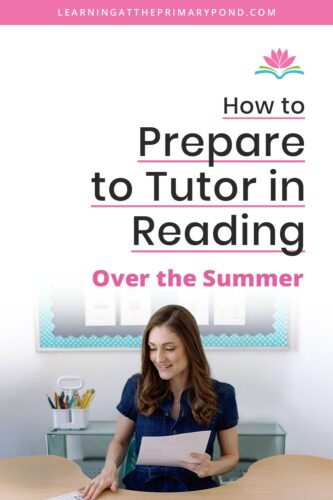
Step #1: Data Collection
When you start tutoring a new student, you’ll want to use your first session to gather data. The data you collect in this session will help you decide what to include in your tutoring sessions. This data will help you understand your student as a whole, both personally and academically.
To collect personal data, interest surveys are a great way to learn about your student’s specific interests, hobbies, and favorite books. Incorporating your student’s interests into your instruction will increase engagement and motivation. For example, you could include their favorite foods, animals, or toys in reading and writing activities.
For academic data, there are many areas we can assess. To get a full picture on how your student is doing academically, you’ll want to collect data in some (or all) of the following areas:
- letter names and sounds knowledge
- decoding
- spelling
- fluency
- comprehension
Letter Names & Sounds Assessments
For students in kindergarten or first grade, begin with a Letter Names and Sounds Assessment. This will help you determine if your student has any letter name or sound confusions that need to be cleared up in your tutoring sessions.
Letter names and sound assessments are quick and easy to administer. I have one in The Reading Intervention Collaborative. It includes:
- Two student assessment sheets: one with uppercase letters and one with lowercase letters. The letters are presented in a random order.
- A recording sheet for yourself to track student responses.
To give the assessment, you’ll want to test your student’s letter name knowledge first. Display either the uppercase or lowercase page of letters. I recommend using a piece of paper or index card to cover up most of the page so that the student can see only one row of letters at a time.
Explain that you will show them letters one row at a time, and ask them to name each letter. Repeat the process with the other sheet of letters.
As your student responds, you’ll want to put a checkmark next to each letter the student gets correct, and note any errors they make on your recording sheet. When they finish naming the uppercase and lowercase letters, repeat the same process a second time – but this time instruct students to give you the sound each letter makes.
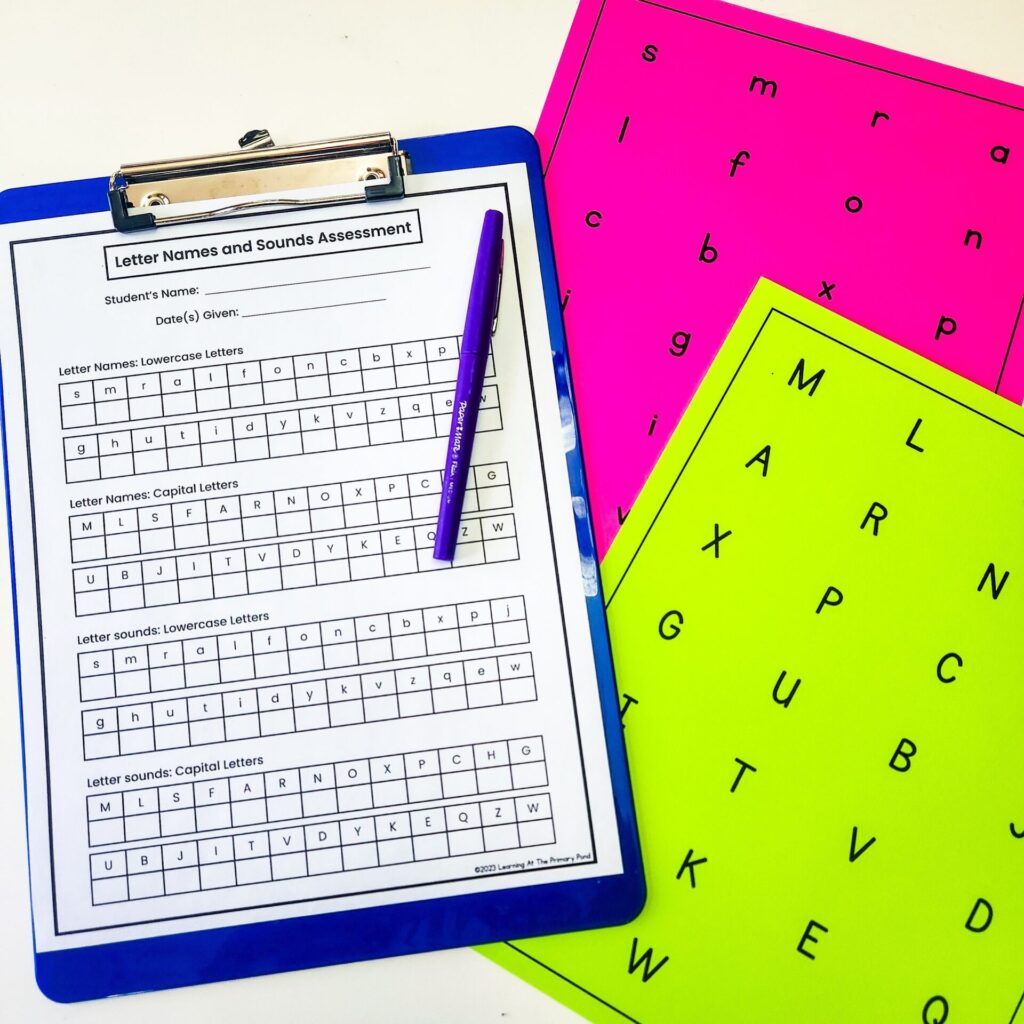
Decoding & Spelling Assessments
After assessing letter names and sounds knowledge, evaluate your student’s decoding and spelling skills.
Start with a Diagnostic Word Reading Assessment. This assessment presents the student with lists of words organized by phonics patterns. This will help you identify the specific phonics patterns your student needs to work on in terms of decoding.
Record student responses on a recording sheet to analyze later.
Do not attempt to assess all phonics skills at once. When your student begins to show signs of frustration or gets multiple words wrong in a row, stop your assessment.
The Reading Intervention Collaborative includes a ready-made Diagnostic Word Reading Test to assess decoding skills.

Spelling assessments are also easy to administer, and are very similar to the Diagnostic Word Reading Assessment.
The Reading Intervention Collaborative also includes a Diagnostic Word Spelling Test to assess spelling skills. This will show you which phonics patterns your student has and has not mastered in their spelling.
Similar to the Diagnostic Word Reading Assessment, you’ll want to stop this assessment at signs of frustration or after your student has misspelled 4-5 words in a row.

Fluency & Comprehension Assessments
Consider administering a Fluency Assessment to students in second grade or above, or to younger students who demonstrate strong decoding skills. Fluency assessments, sometimes also called Running Records, measure both the accuracy and speed of oral reading.
To complete a fluency assessment, give your student a copy of a text to read. Select a decodable text or a grade-level text. You’ll need a copy of the text as well, and a timer or a stop watch.
Set your timer for one minute and instruct your student to read aloud. As your student reads, mark any errors on your copy of the text. This includes word substitutions, omissions, and insertions. After one minute, stop your student and mark on the text where they left off. Then, allow them to finish reading while you tally up their errors and determine their rate and accuracy.

To assess comprehension, ask your student to retell the story in their own words. Take notes on their retell so you can refer back to it later.
After the retelling, ask a series of questions about the text. Be sure to ask both explicit (the answer is found directly in the text) and implicit (the student needs to infer to answer) questions.
You can find all of these assessments, and more, in The Reading Intervention Collaborative!
Step #2: Analyze Data
Now that you’ve collected all the data from your assessments, it’s time to analyze it and determine your student’s strengths and areas of need.
Letter Names & Sounds Knowledge:
- Tally the number of letter names and sounds your student identified correctly. Note any letter names or sounds that caused difficulty.
- If there are significant gaps in knowledge, prioritize strengthening these foundational skills in your tutoring sessions.
- If your student demonstrates strong letter names and sounds knowledge, incorporate brief activities at the beginning of sessions to maintain this proficiency throughout the summer.
Decoding:
- Analyze the Diagnostic Word Reading Assessment, which groups words by phonics patterns.
- Misreading at least one word in a category indicates a need for additional practice in that area.
- Address phonics skills in the order they appear on the assessment. For example, if a student struggles with digraphs and final consonant blends, target digraphs first.
Spelling:
- Analyze the Diagnostic Word Spelling Assessment.
- If you’re using the assessment from The Reading Intervention Collaborative, note the underlined parts in each word on the recording sheet. These indicate the targeted skill being tested.
- For instance, if a student spells “shop” as “sop,” they likely have good control over consonants and vowel sounds but need work on spelling digraphs.
- As a general rule, focus on skills where your student demonstrates less than 80% accuracy.
Fluency:
- Calculate your student’s reading rate (words read correctly per minute) using the following formula: total words read – errors = words read correctly.
- For example, if a student reads 102 words in one minute with 9 errors, the equation would be: 102 words – 9 errors = 93 words correct per minute.
- Next, calculate accuracy (percentage of words read correctly) by dividing the number of words read correctly by the total number of words read, then converting that number to a percentage.
- In the example above, the student read 93 words correctly out of 102 total words, so the equation would be: (93 words correct / 102 words total) x 100% = 91% accuracy.
Comprehension:
- Evaluate the student’s retelling of the story and their responses to your questions.
- For fiction, assess whether they incorporated key events from the beginning, middle, and end of the story into their retelling. Did they mention the main character(s) and setting?
- For nonfiction, analyze if they identified the main idea and included supporting details in their retelling.
- Examine their responses to both explicit (directly answered in the text) and implicit (require inference) questions.
- Did they answer correctly?
- Were explicit or implicit questions more challenging?
- Scoring comprehension can be complex. If you need help determining where to begin, The Reading Intervention Collaborative offers Comprehension Skills Continuums that break down various subskills within each overall comprehension skill to guide your instruction, like this one for nonfiction:

Step #3: Plan Instruction
Now that you have all this data, you can plan your sessions!
The frequency and length of your tutoring sessions will influence your planning. Each tutoring situation is unique, so you’ll need to plan accordingly based on the schedule agreed to with your student’s family.
Use the collected data to determine the amount of time to dedicate to each skill area.
- Prioritize decoding and encoding skills for younger students and for those who struggled on the diagnostic assessments. Include extensive reading of decodable texts.
- For older students, divide your time between decoding/spelling, fluency, and comprehension.
Sample Tutoring Session
Let’s plan a reading tutoring session for a first grade student that you will meet with for 45 minutes one time per week!
The student we are tutoring has demonstrated mastery of letter names and sounds, CVC word decoding and spelling, but struggles with digraphs, blends, and glued sounds. Here’s a sample session plan:
Warm-up (5 minutes): The purpose of the warm-up is to get your student ready to learn by activating their brain. Sometimes we’ll play a game, and sometimes we’ll do something different, like:
- Blending Slides – a great way to warm up students who have mastered CVC words and are ready to learn more complex phonics patterns.
- Each slide contains 3 sound boxes.
- Students view the slide, read each sound, and then blend to read the word.
- As you progress through the slides, one sound changes at a time.

Phonics Instruction (10 minutes): For this student, we will start with digraphs, and as our sessions progress, we will work on more complex skills such as blends and glued sounds.
- First, introduce the concept of digraphs and choose 1-2 digraphs to focus on in this lesson.
- Next, teach your student how to make the digraph sound, its spelling, and provide examples of words that contain the targeted digraphs.
- Then, begin creating a Phonics Sound Booklet for the digraphs learned in this session. We will add to this booklet as we learn new digraphs in future sessions.
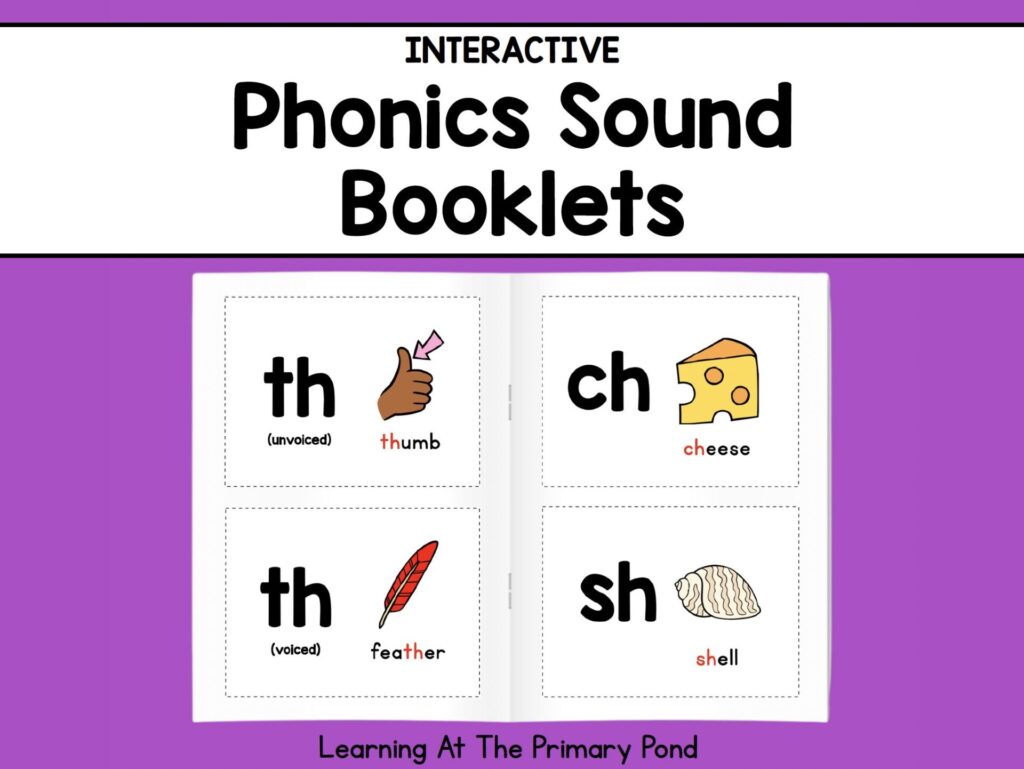
Reading and Spelling Practice (15 minutes): After introducing the digraphs, we’ll engage in a variety of reading and spelling activities to reinforce learning.
- For reading practice, we can play a Phonics Game that involves digraphs, or complete a Find the Right Word Worksheet.
- Both of these activities will provide the student with practice reading words with digraphs in an engaging way!


- For spelling practice, I might choose to do a Word or Sentence Dictation.
- Dictation is an effective way to reinforce the sound-spelling relationship. To complete dictation, we will provide the student with words or sentences containing the target digraphs and have them write them on a recording sheet.

- Or, instead of dictation, I might choose to complete a Sort and Write Activity.
- To complete this activity, we will read words containing two different patterns (e.g., “ch” and “sh”) to the student. The student will spell the word and sort it into the correct column on the worksheet.

Decodable Reading (10 minutes): Next, we’ll have our student read a decodable text that contains the target digraphs from our session.
- When working with a decodable text, I like to have my student first circle or highlight the target pattern words in the passage. Then, we will read the pattern words before reading the whole passage.
- After reading, I can ask the student comprehension questions or have the student reread the text for fluency practice.

Wrap-up (5 minutes): We will incorporate the student’s interests into the final few minutes of the session. This can serve as a reward for their hard work. After a few weeks together, I may let my student choose which activity to end our sessions on, like a game!
Follow-up Tutoring Sessions
Each session with the student, we will follow a similar routine. We can choose new activities for each skill area to keep our sessions fun and exciting. We will gradually progress skills throughout the summer to prepare the student for the upcoming school year.
The session outlined above was for a first grader. For older students, sessions would be similar, but they would incorporate more complex phonics skills, with a greater emphasis on comprehension and fluency.
- For example, we might use graphic organizers alongside the texts we read to strengthen comprehension.

- For fluency practice, we might complete a Reader’s Theatre script together to improve fluency and expression.

All of the activities I’ve shared with you come from The Reading Intervention Collaborative. This membership includes over 1,700 pages of printable materials (and counting!) and would be so helpful for you as you plan for engaging and effective tutoring sessions this summer!
Step #4: Monitor Progress & Provide Feedback
Just as we do during the school year, it’s important to monitor student progress throughout summer tutoring sessions. During each session, you can collect anecdotal data that you can use to plan your next session.
Anecdotal data includes observations of your student’s reading and spelling accuracy during activities/games, plus their ability to retain concepts from week to week.
You can also give your student quick checks, asking them to read or spell words with the target pattern you’ve worked on each week. As the weeks progress, incorporate cumulative review of previously taught concepts into your quick checks.
Building strong relationships with families is also crucial for successful summer tutoring. If you meet with your student only once a week, provide families with extra copies of word lists, games, and texts for home practice.
You’ll also want to provide the family with weekly progress updates. Since you will likely see someone in your student’s family at each tutoring session, you can provide these updates face-to-face.
If face-to-face communication is not possible, you can find Parent Letter Templates within The Reading Intervention Collaborative.

Conclusion
As discussed in this post, reading tutoring over the summer is beneficial for both students and teachers! It’s a great way for students to catch up or sharpen their literacy skills, and it can be a really rewarding experience for teachers!
If you’d like to be fully equipped for your summer tutoring sessions, consider joining my Reading Intervention Collaborative membership! This comprehensive membership provides everything you need for successful summer tutoring and beyond!
This membership not only includes access to over 1,700 pages of printable materials, but you will also have access to modules to learn more about:
- Root causes of students’ reading difficulties
- Signs of dyslexia, and how to treat dyslexia
- Evidence-based strategies for phonemic awareness, phonics, fluency, vocabulary, and comprehension
- Reading intervention with English Language Learners
- And more!
Click here to learn more about how the Reading Intervention Collaborative can support you and your students this summer and beyond!
Happy teaching!
